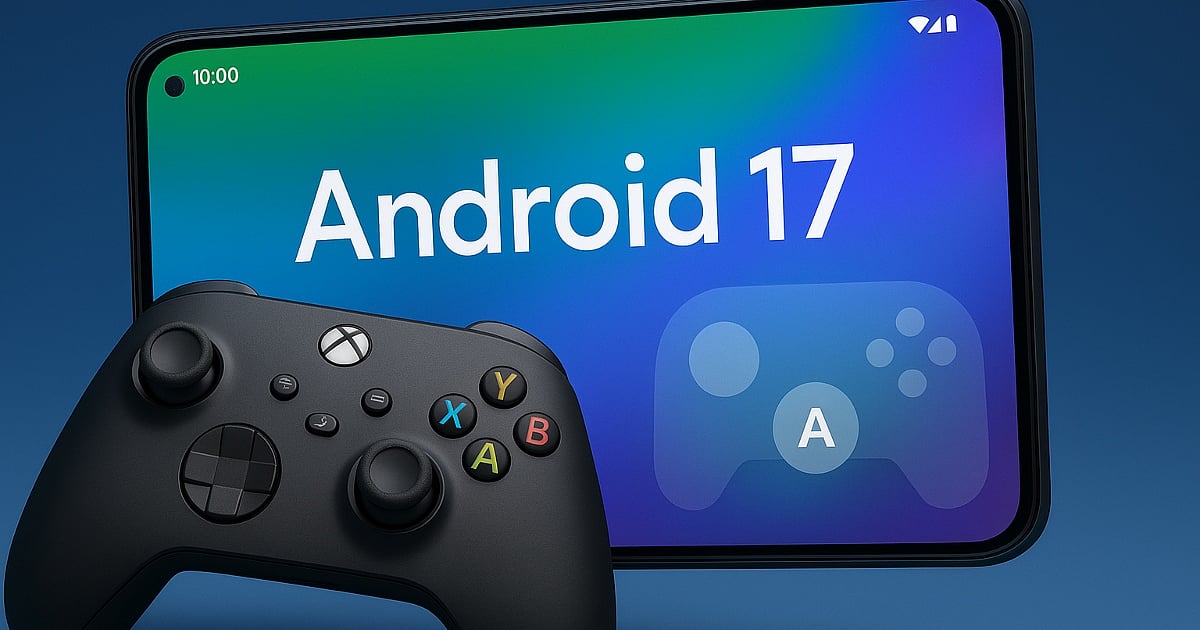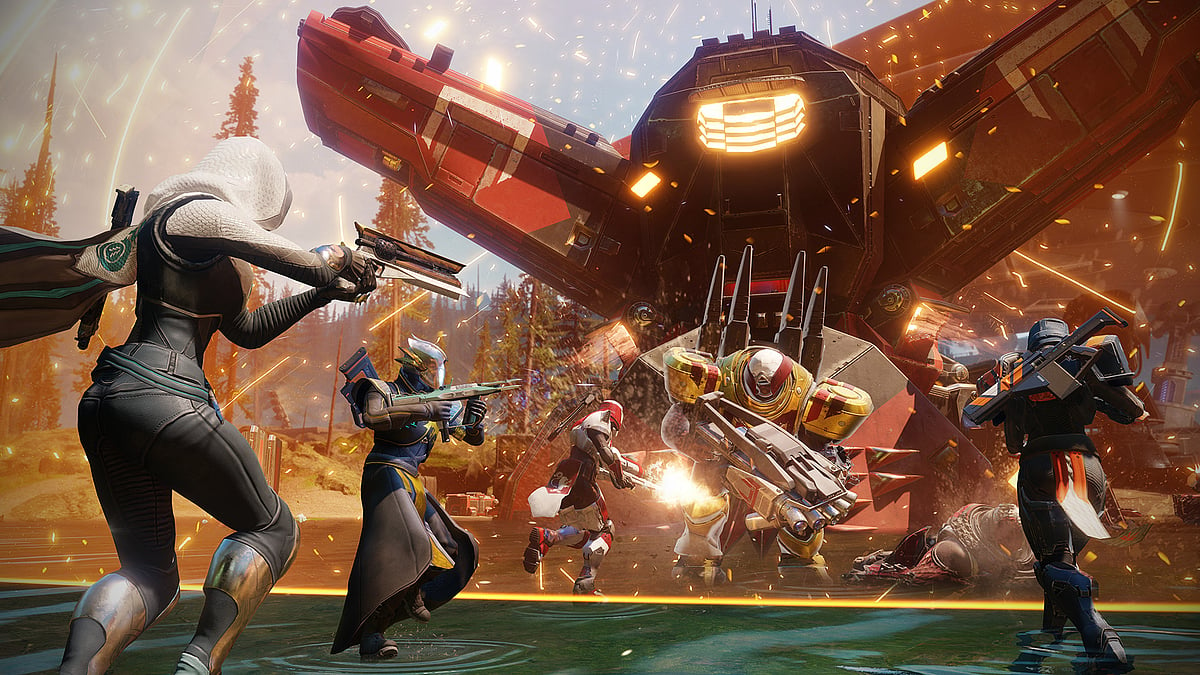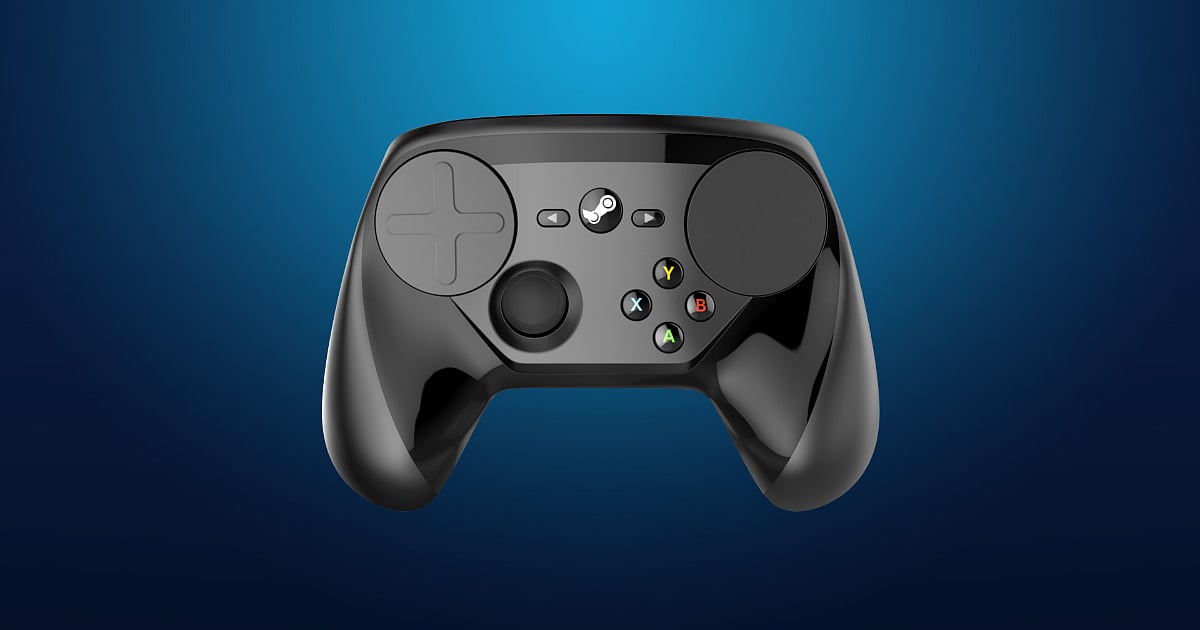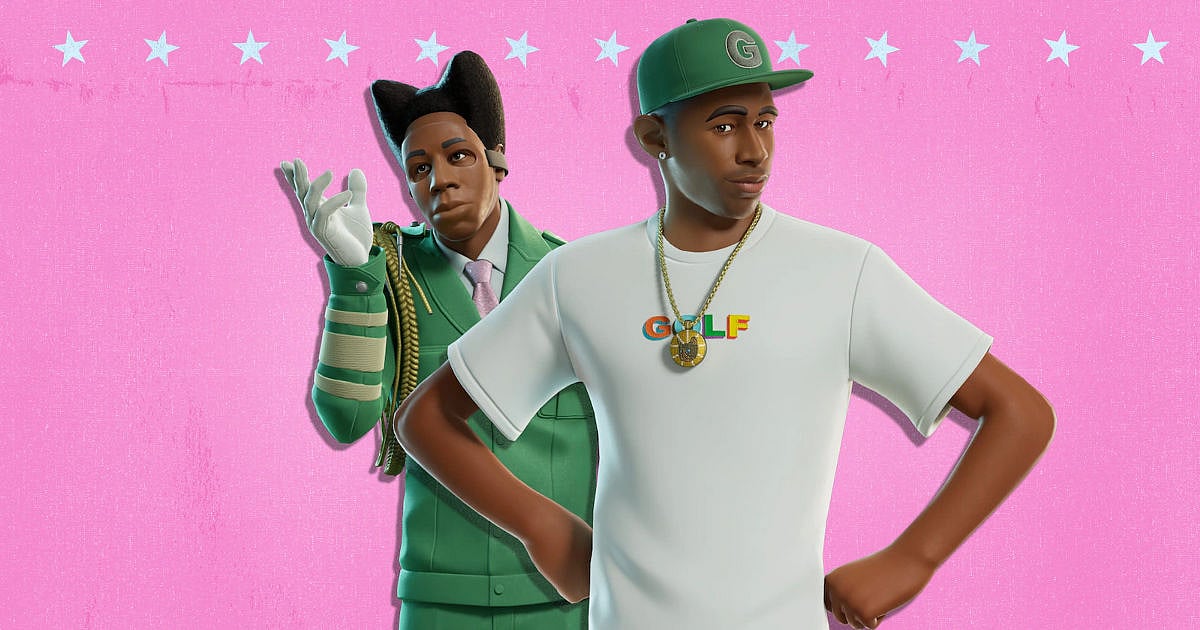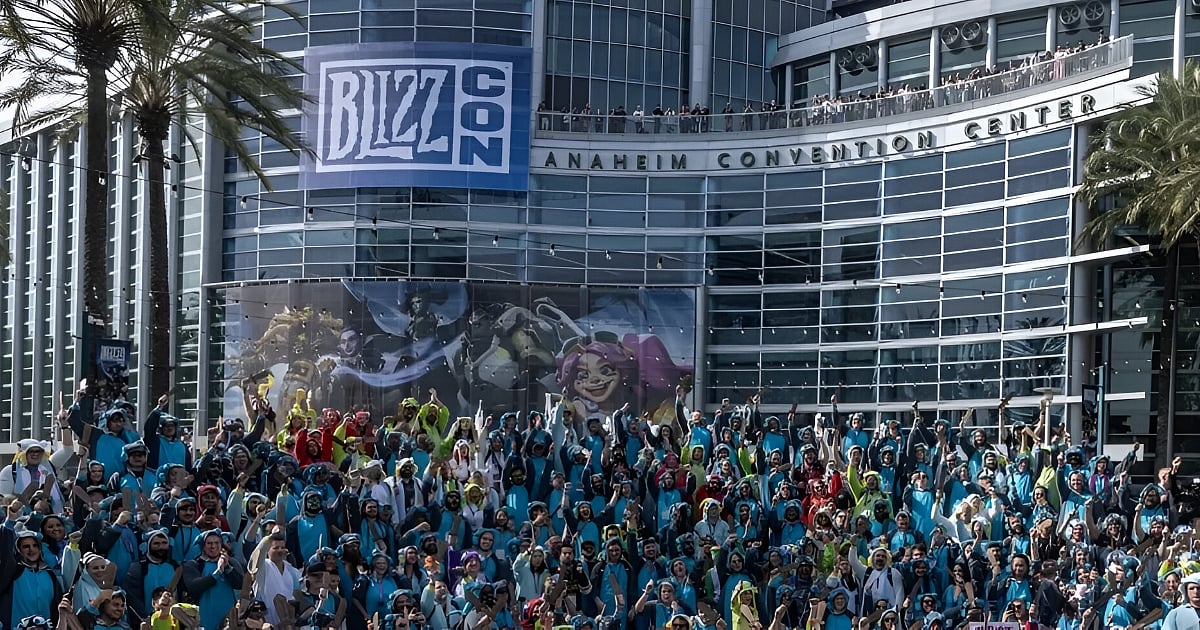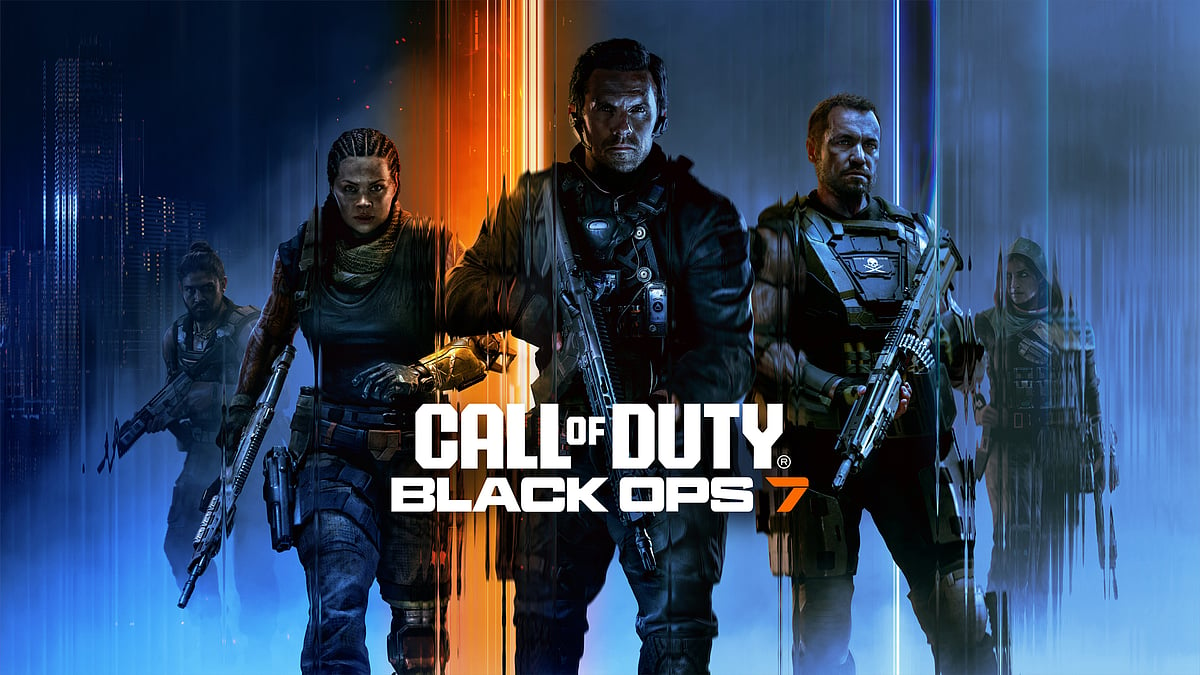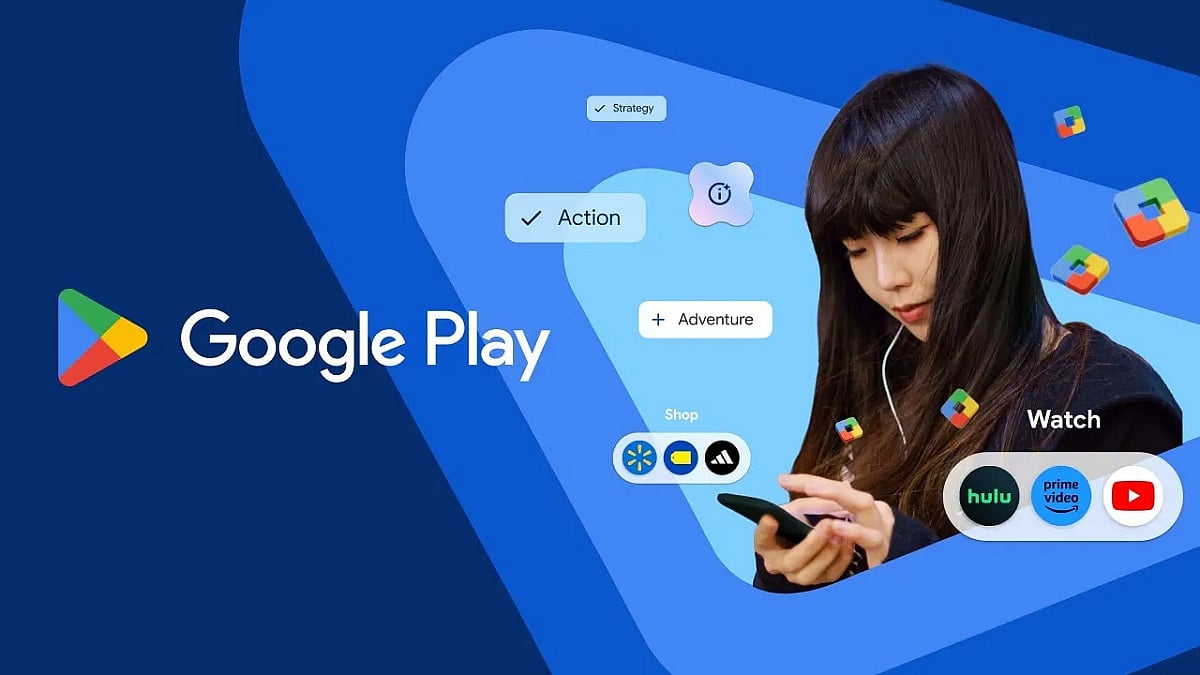
Play Store
Top 50 Mobile Games May Face 20% Fee Under New Play Store Rules
Google and Epic’s new Play Store fee policy introduces a 20% charge for gameplay-advantage purchases and 9% for cosmetics, impacting top mobile games.
Highlights
- Google and Epic proposed a 20% fee on gameplay-advantage purchases and 9% on cosmetics and subscriptions in the Play Store's new fee system.
- Sensor Tower data shows nearly all top 50 US Play Store games in October 2025 include gameplay-impacting purchases, likely facing the higher 20% fee.
- Unclear definitions of "gameplay advantage" create complexity for developers adjusting monetization strategies under Google’s new two-tiered fee policy.
Google and Epic Games are proposing significant changes to Play Store fees for mobile games, introducing a new two-tier policy based on the type of in-app purchase. Under their new global settlement, in-app purchases that grant a gameplay advantage, such as loot boxes, boosters, gacha draws, or items that affect player power or game outcomes, will be subject to a 20% fee.
Purchases that are purely cosmetic, like skins or visual items, or content subscriptions, will face a lower fee of 9%. For developers who use Google’s own billing service, there will be an additional 5% charge on top of these rates.
The Top 50 Mobile Games Could be Affected by the Changes
According to Sensor Tower data, 37 of the top 50 grossing Play Store games featured loot boxes, and the majority included mechanics that could trigger the higher 20% fee. In fact, all of October’s top 50 US grossers are likely to face the 20% charge on some or all in-app purchases, given that most feature IAPs impacting game progression, rewards, or player competitiveness. Cosmetics and subscriptions are categorized for the lower tier, but supplemental models (like starter packs, battle passes, or PvP-related rewards) are under review regarding their exact fee status.
This change follows regulatory and legal battles between Google and Epic Games, requiring the Play Store to accommodate alternative payments and greater transparency in revenue sharing worldwide. The specifics of what qualifies as a "gameplay advantage" remain somewhat ambiguous and may evolve, with bundles containing both gameplay and cosmetic items defaulting to the higher 20% rate unless it establishes pro-rating.
Cosmetic-centric games like Fortnite are in the lower 9% bracket, but hybrid monetization models, such as battle passes, subscription packs granting resource boosts, or currency that can be spent on both cosmetic and non-cosmetic items, create grey areas that developers and Google must closely monitor. The proposal allows the 20% rate to apply to bundles or mixed purchases, unless careful attribution can be demonstrated.

Author
Abhimannu Das is a web journalist at Outlook India with a focus on Indian pop culture, gaming, and esports. He has over 10 years of journalistic experience and over 3,500 articles that include industry deep dives, interviews, and SEO content. He has worked on a myriad of games and their ecosystems, including Valorant, Overwatch, and Apex Legends.
Abhimannu Das is a web journalist at Outlook India with a focus on Indian pop culture, gaming, and esports. He has over 10 years of journalistic experience and over 3,500 articles that include industry deep dives, interviews, and SEO content. He has worked on a myriad of games and their ecosystems, including Valorant, Overwatch, and Apex Legends.
Related Articles
